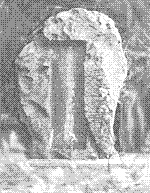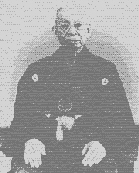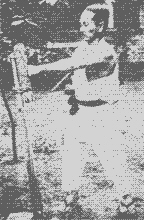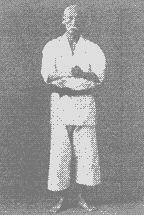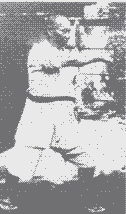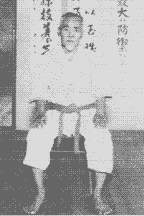
Background and Legacy
In preservation of rich oral tradition, it is said,....in days long forgotten clans of Ryukyan islanders conceivably framed archaic methods of early combat - exercising absence of weapons. Through countless decades of cultural exchange, Okinawan people banded native fighting methods with those acquired from China. In the mist of ancient history "Ti" or "Te" was formed.

Literally hundreds and hundreds of years would pass as men of renown in "Te" emerged thru the ages. Because serious self preservation was required during periods of battle and political unrest Te was refined, enhanced and intensified. Eventually, as modern culture began making its way into Okinawa proper, Te became systemized and the term "Karate" was coined.
Of course, days of warlords and constant oppression have vanished, yet, the legacy of Te lives on. Many great masters from Okinawan martial arts have remained true to those old traditions, stalwart icons against the pressures of commercialism.
 Indeed, now we see innumerable karate styles, however very few have longstanding traditions and heritages which are very significant. Rationale for this should be self evident; Classical Okinawan Te is said to be one of the oldest forms of karate still in existence today, testifying to its agelessness and validity. Departures in styles may abound, but, in the truly classical arena there ought to be confidence.
Indeed, now we see innumerable karate styles, however very few have longstanding traditions and heritages which are very significant. Rationale for this should be self evident; Classical Okinawan Te is said to be one of the oldest forms of karate still in existence today, testifying to its agelessness and validity. Departures in styles may abound, but, in the truly classical arena there ought to be confidence.
Acclaim is a privileged part of this grand legacy stemming back approximately to into the 14th century and over time through Bushi Matsumura, Anko Itosu, and other protective art giants. This legacy is carried on today at Acclaim Protective Arts Institute.

